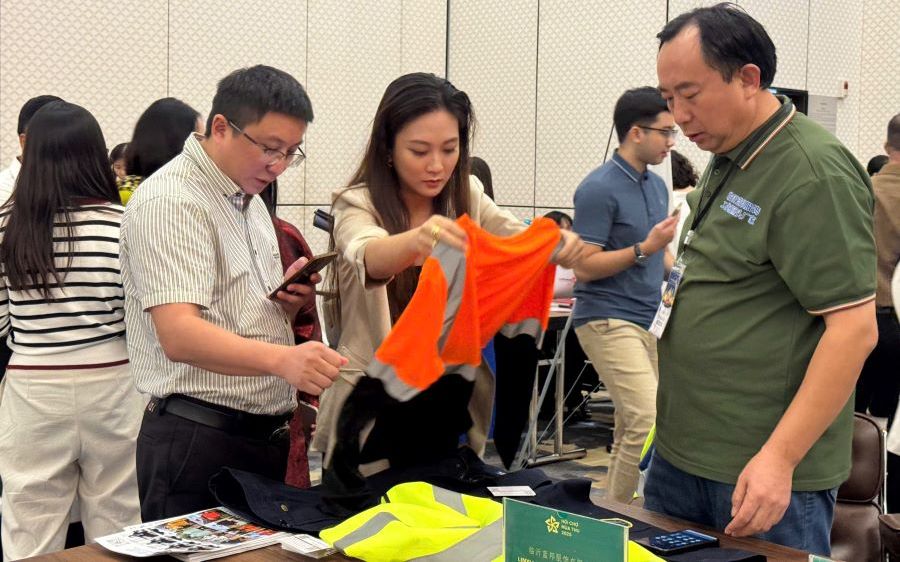
In which infrastructure, green economy and technology are taken as pillars for regional prosperity.
Within the framework of the 2025 Autumn Fair, the Vietnam-China Trade, Investment and Business Connection Promotion Conference took place in a lively atmosphere, attracting the participation of hundreds of delegates. This event has a special significance, taking place right at the time of the 75th anniversary of the establishment of diplomatic relations and the year of Vietnam-China humanities exchange. The conference is not only a trade opportunity but also a forum for the two countries to outline new cooperation spaces, making the most of each other's advantages in the context of the global supply chain being strongly restructured.
Opening the global "playground", starting the "new trade route" Kunming - Hai Phong
Speaking at the conference, Mr. Nguyen Ba Hai, Deputy Director of the Center for Trade and Investment Promotion Support (Trade Promotion Agency, Ministry of Industry and Trade), introduced the investment environment and policies in the field of Industry and Trade, affirming that Vietnam is entering the period of strongest industrial growth in two decades, attracting international capital flows thanks to consolidated internal strength.
Vietnam's position as an investment destination is built on a dual foundation of institutional reform and infrastructure breakthroughs. The Government is implementing strong institutional reform, typically Resolution No. 66-NQ/TW on innovation in law making and enforcement. Laws on Investment, Enterprises and Public Investment have been comprehensively revised, unified towards transparency, publicity and conformity with international practices, creating a clear legal corridor for investors. Many localities have strongly shifted to the "service government" model, simplifying procedures and shortening investment licensing time - a factor highly appreciated by international investors.
Along with reform, investment in transport infrastructure is creating strategic “traffic circuits”, reshaping the regional logistics map, and consolidating Vietnam’s “nearshoring” position. The urgency of upgrading bilateral logistics infrastructure was emphasized at the highest level when Prime Minister Pham Minh Chinh proposed that China strengthen cooperation in developing railway infrastructure, including preferential loans, human resource training and building a Railway Industrial Complex, considering this as a pillar of strategic cooperation.
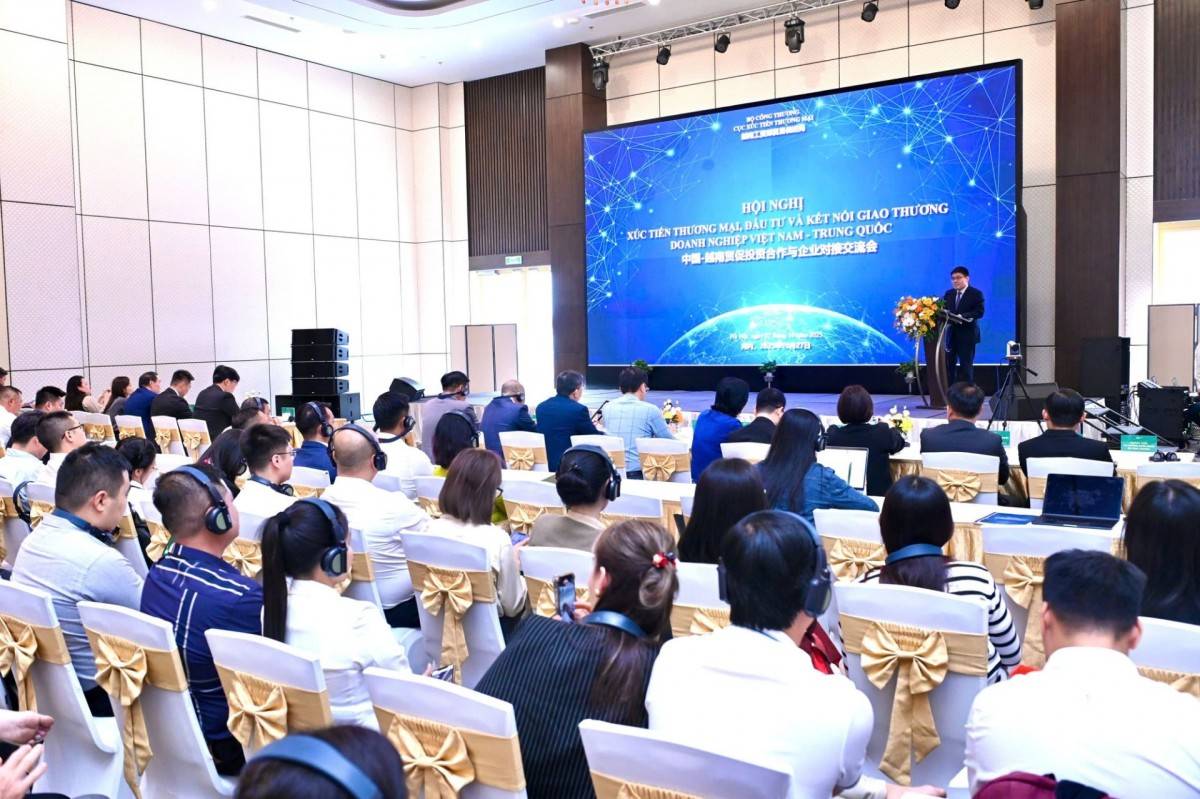
More than 100 Shandong (China) enterprises trade at the 2025 Autumn Fair
One of the most anticipated projects is the Kunming – Lao Cai – Hanoi – Hai Phong railway, which is expected to start construction at the end of 2025. This route is considered a revolutionary logistics solution, directly connecting important production and consumption centers in the Southwest region of China (such as Chongqing, Nanning, and Western Yunnan) with Hai Phong seaport, which is capable of receiving ships with a capacity of 300,000 – 400,000 tons. This is a big boost for logistics, industry, and bilateral exports.
'Green Era': Pillar of Technology Cooperation and Sustainable Development
The conference pointed out that Vietnam-China cooperation cannot stop at border trade or simple processing, but must aim at high value-added areas, in line with global development trends: digital technology and green economy. Mr. Tong Kien, Secretary of the Party Committee, International Trade Promotion Committee of Linyi City (Shandong Province), clarified the importance of this city to the regional supply chain. Linyi Commercial Area, honored as the "logistics capital of China" and "Chinese market", is the largest market complex in China, gathering nearly 1/5 of the total volume of goods in the country (more than 6 million items). In 2024, the total value of logistics goods turnover in Linyi will reach 137.9 billion USD.
Mr. Tong Kien emphasized: “Lin Nghi owns an efficient logistics system, with 8 international logistics routes. Goods exported to Southeast Asia when transiting through Vietnam will shorten the time to only one-third compared to traditional sea routes.” Notably, 41% of the products here are manufactured directly in Lin Nghi, with an average price about 10% lower than the general level, creating a great advantage in the supply of input materials for production in Vietnam.
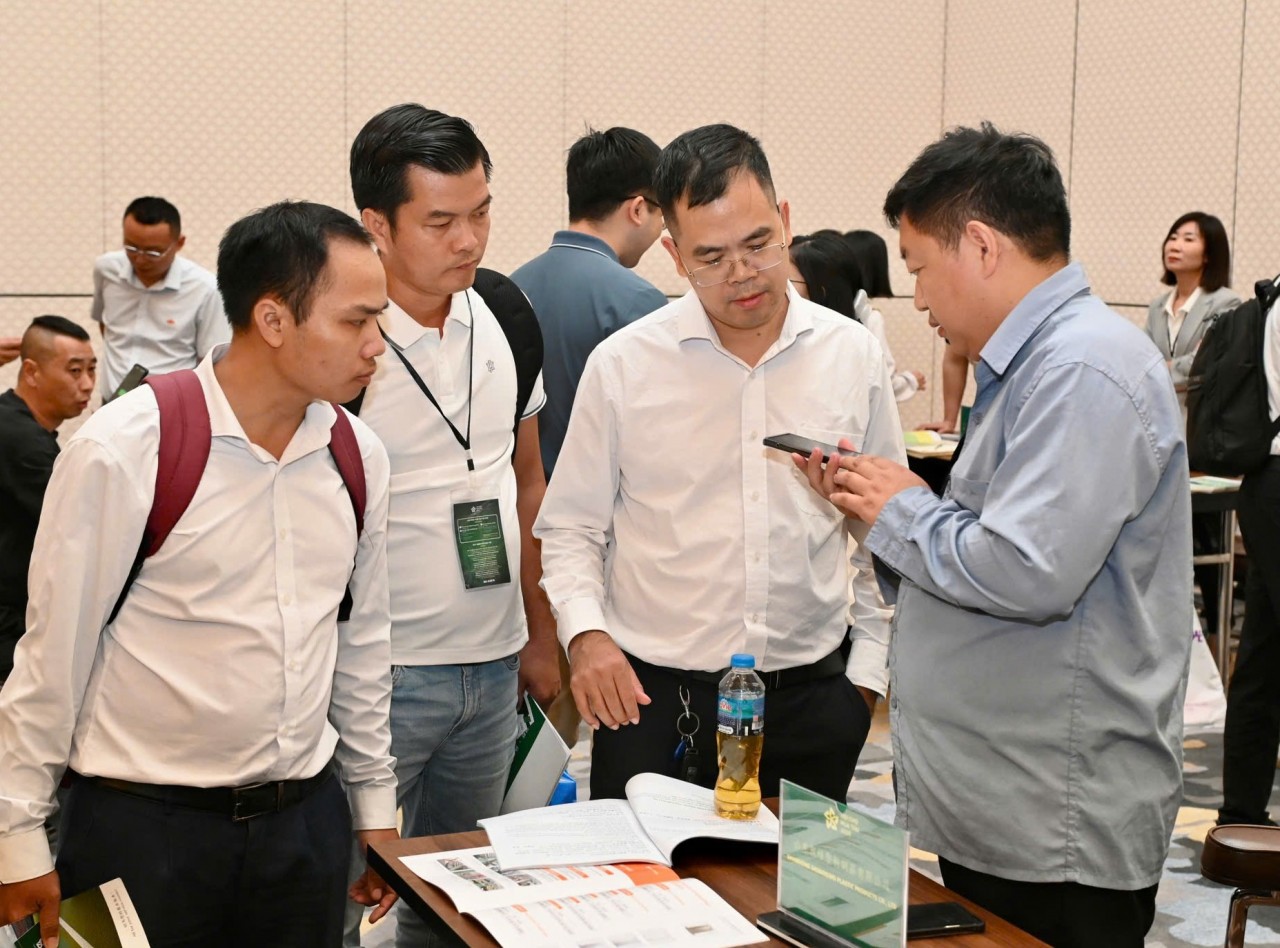
The Autumn Fair has helped Chinese and Vietnamese businesses take advantage of geographically close markets, cultural similarities and high complementarity in production.
Vietnam's "green growth" orientation and commitment to achieving zero net emissions by 2050 open up new cooperation space between Vietnamese and Chinese enterprises, especially in the fields of electric vehicles, batteries, clean energy and charging infrastructure - areas where China has technological advantages and Vietnam has a potential consumer market.
The practice of cooperation with Shandong Province – one of the most dynamic economic poles in China – has demonstrated this shift. Mr. Zhou Liang, Director of the Investment Promotion Center – Shandong Provincial International Trade Promotion Committee, said that large Shandong corporations such as GoerTek and Sailun have been building factories in Vietnam, promoting bilateral production and supply chain linkages. Last August, the Vietnamese Ministry of Industry and Trade and Shandong Province signed a Memorandum of Understanding on cooperation. This cooperation is accelerating: In the first six months of 2025, the total import and export turnover between Shandong and Vietnam reached over 47 billion yuan, up 16.3% over the same period last year.
Mr. Chau Luong added that last September, Comrade Lam Vu, Secretary of the Shandong Provincial Party Committee, led a delegation of more than 200 delegates to visit and work in Vietnam, opening a new chapter in comprehensive cooperation. On the occasion of the Autumn Fair, the Shandong Provincial International Trade Promotion Committee also organized a delegation of 112 enterprises to attend, introducing the capacity of the "Shandong manufacturing" industry.
To make the most of this opportunity, Vietnamese businesses are forced to change their mindset. Mr. Do Quang Tuan, director of an energy equipment manufacturing company, shared, "We want to find technology partners to cooperate in building the production of batteries and electric vehicle components in Vietnam. Ensuring the origin, complying with green standards, and using advanced technology from Chinese partners are the keys for Vietnamese products to penetrate deeply into markets such as the EU and the US. New logistics infrastructure such as the Kunming - Hai Phong railway will significantly reduce costs, turning Vietnam into a center for electric vehicle production and assembly for the entire ASEAN region."
It can be seen that Vietnam-China cooperation has gone beyond the normal trade boundary to enter a new stage of strategic connection. Vietnam provides infrastructure, stable institutions and commitment to green development; China brings huge capital, technology and logistics capacity. This combination plays the role of a strategic pillar, creating new momentum for the common prosperity of the entire East Asia-Southeast Asia region in the era of restructuring the global supply chain./.
Source: https://vtv.vn/tang-cuong-xuc-tien-thuong-mai-va-dau-tu-viet-nam-trung-quoc-100251028135111224.htm


![[Photo] Flooding on the right side of the gate, entrance to Hue Citadel](https://vphoto.vietnam.vn/thumb/1200x675/vietnam/resource/IMAGE/2025/10/28/1761660788143_ndo_br_gen-h-z7165069467254-74c71c36d0cb396744b678cec80552f0-2-jpg.webp)

![[Photo] Prime Minister Pham Minh Chinh chaired a meeting to discuss solutions to overcome the consequences of floods in the central provinces.](https://vphoto.vietnam.vn/thumb/1200x675/vietnam/resource/IMAGE/2025/10/29/1761716305524_dsc-7735-jpg.webp)
![[Photo] Hue: Inside the kitchen that donates thousands of meals a day to people in flooded areas](https://vphoto.vietnam.vn/thumb/1200x675/vietnam/resource/IMAGE/2025/10/29/1761738508516_bepcomhue-jpg.webp)
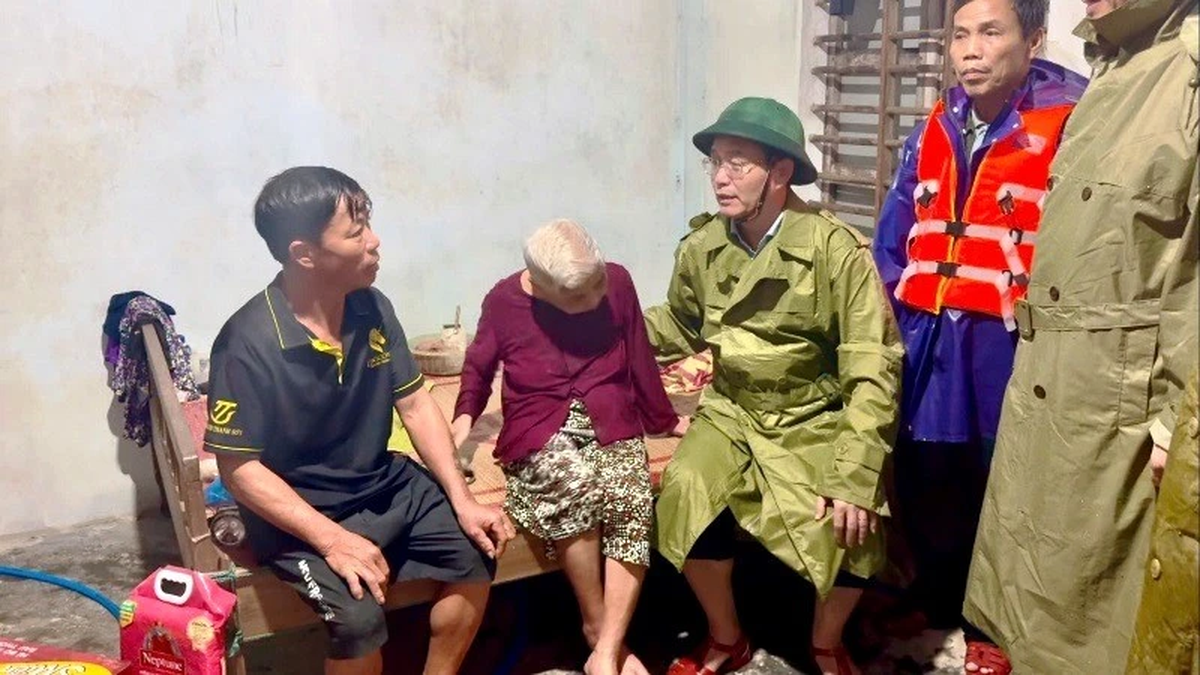
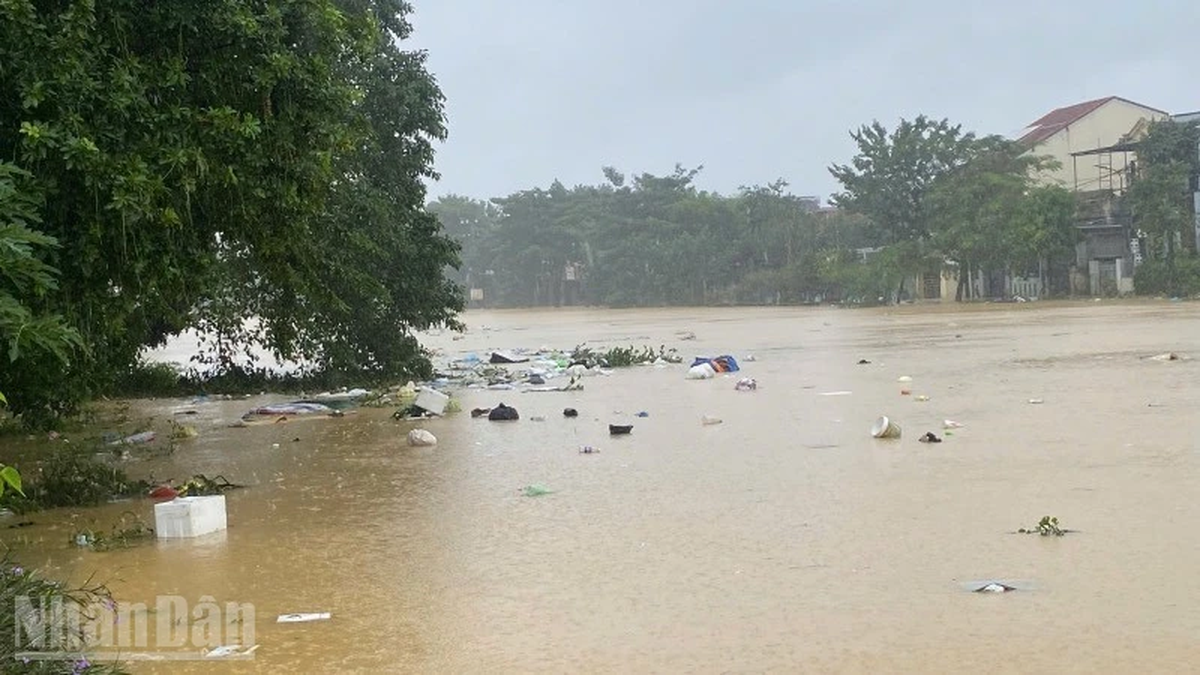
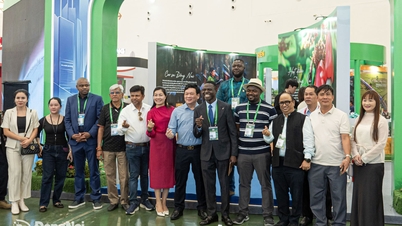



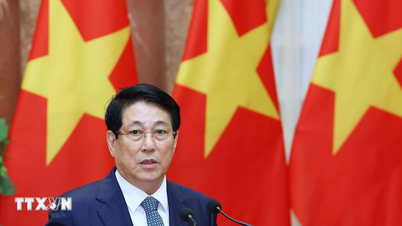

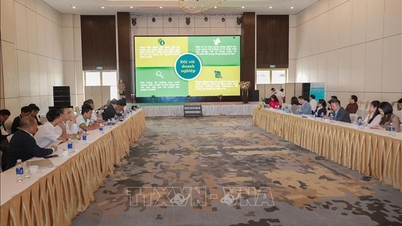



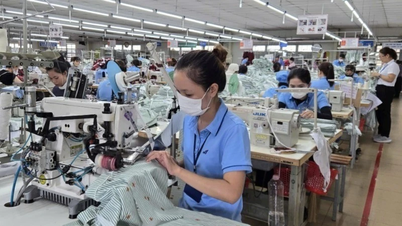

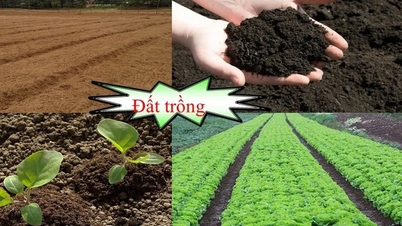
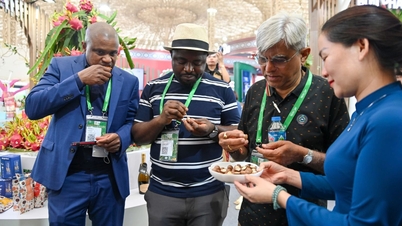

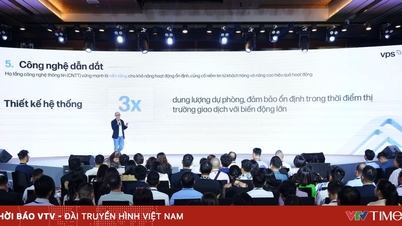
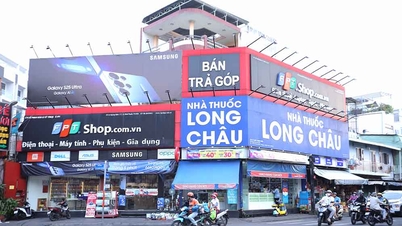






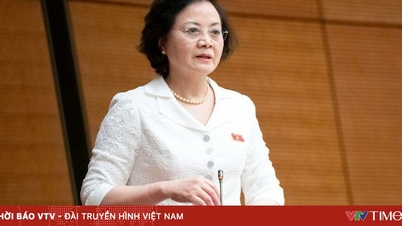


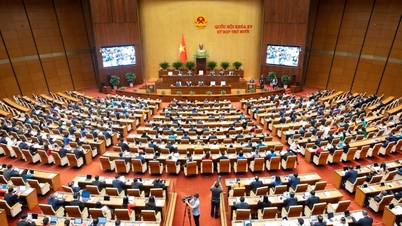




































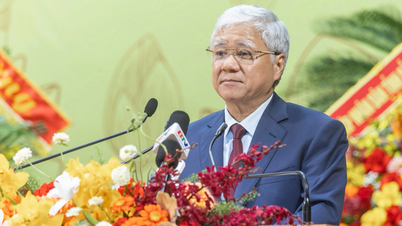
![[Infographic] Vietnam's socio-economic situation in 5 years 2021-2025: Impressive numbers](https://vphoto.vietnam.vn/thumb/402x226/vietnam/resource/IMAGE/2025/10/29/1761730747150_anh-man-hinh-2025-10-29-luc-16-38-55.png)


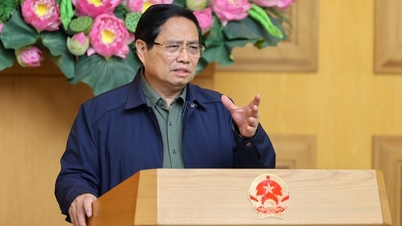
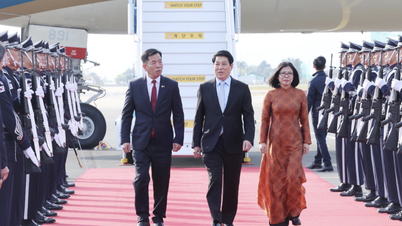
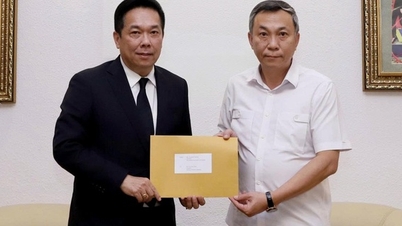


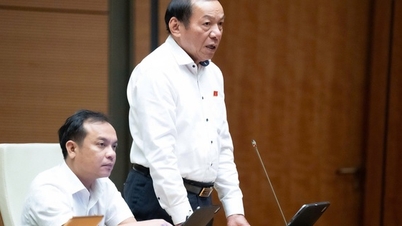
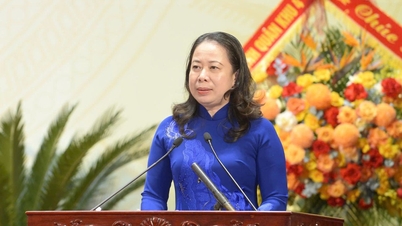

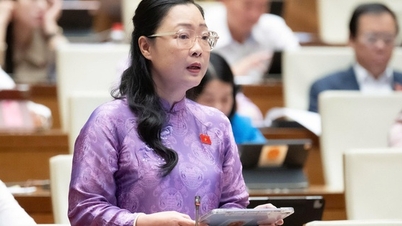
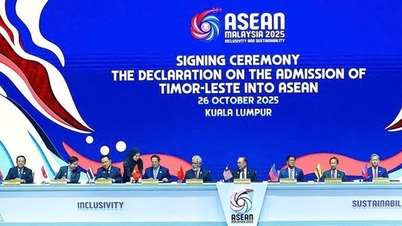
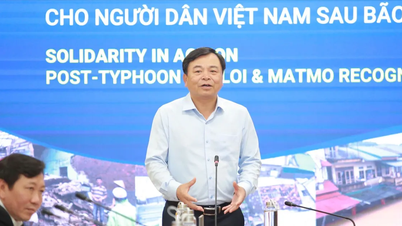

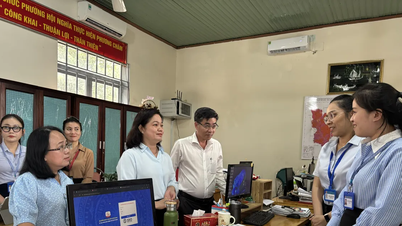
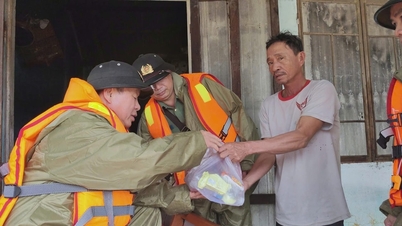
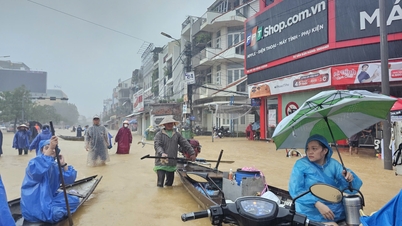


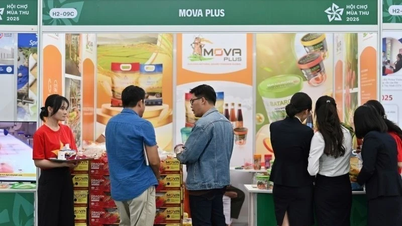
















Comment (0)